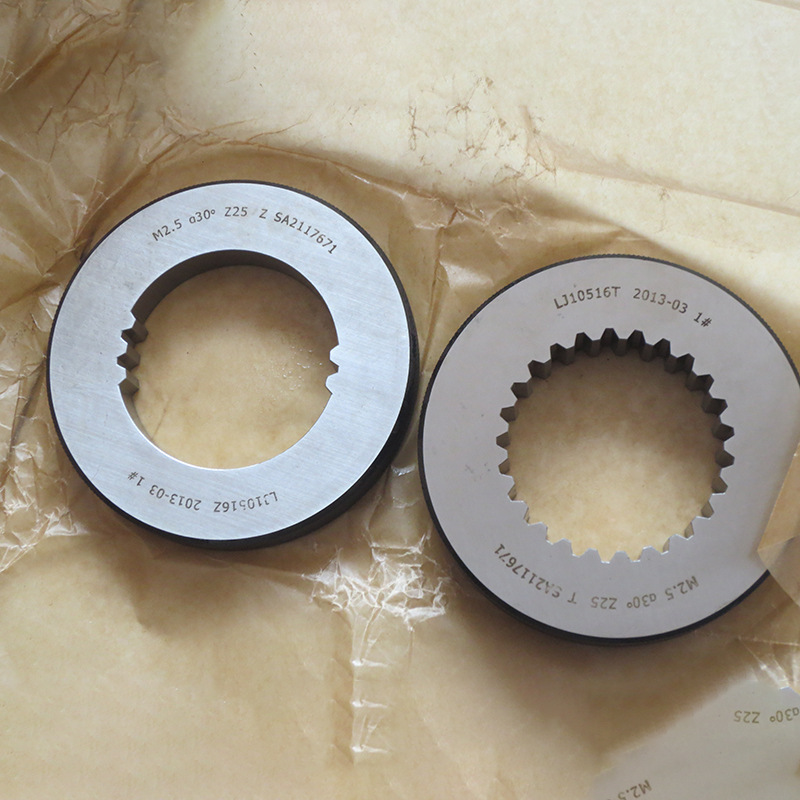Nov . 17, 2024 12:35 Back to list
Exploring Grounding Techniques for Effective Welding Table Performance and Safety
Understanding Grounding in Welding Importance and Best Practices
Welding is a crucial process in various industries, from construction to manufacturing, where strong joints are essential for the structural integrity of assemblies. Grounding plays a vital role in welding operations, ensuring safety, efficiency, and quality in the final product. This article will explore the importance of proper grounding techniques and best practices in welding.
What is Grounding in Welding?
Grounding in welding refers to the electrical connection that allows the welding machine to complete the electrical circuit. In any welding operation, a clear and effective ground connection is necessary to ensure that the current flows efficiently from the power source through the workpiece and back to the machine. The grounding mechanism helps prevent electrical shocks, reduces the risk of fire, and enhances the overall effectiveness of the welding process.
Importance of Proper Grounding
1. Safety The foremost reason for proper grounding in welding is safety. A faulty or improper ground connection can lead to electrical shocks, which pose a significant risk to the welder's safety. Grounding reduces the likelihood of accidental contact with live electrical parts, making the work environment safer.
2. Quality of Welds Proper grounding is essential for achieving high-quality welds. An inadequate ground can lead to unstable arcs, inconsistent weld quality, and increased spatter. Consistent grounding allows for stable arc lengths, precise control over the weld pool, and ultimately better results.
grounding welding table

3. Equipment Protection Grounding also helps protect welding equipment from damage. If there is an open circuit or poor grounding, it can cause voltage spikes that may harm the welding machine. A well-grounded setup minimizes the risk of equipment failure, which can be costly and time-consuming.
Best Practices for Grounding in Welding
1. Use Proper Grounding Equipment Ensure that the grounding clamp, cables, and connectors used are rated for the appropriate amperage and suitable for the type of welding being performed. Heavy-duty cables can handle higher currents and minimize resistance.
2. Select the Right Grounding Point The grounding connection should be made to a clean, bare metal surface on the workpiece. Avoid painted or rusted areas, as this can interfere with the conductivity.
3. Minimize Cable Length Keeping the grounding cable as short as possible reduces resistance in the circuit. A shorter grounding path enhances the efficacy of the electrical flow, which is vital for a successful weld.
4. Regular Inspections Regularly inspect grounding equipment for wear and damage. Cables and connectors should be checked for signs of corrosion or deterioration, which can affect performance.
In conclusion, grounding is a fundamental aspect of the welding process that should not be overlooked. By understanding its importance and adhering to best practices, welders can ensure safer working conditions, higher quality welds, and protection for their equipment. Adopting these practices helps foster an efficient and professional welding environment, contributing to overall operational success.
-
Thread Plug Gauge Our Promise of Measurement ExcellenceNewsAug.22,2025
-
Gauge Pin Class Reflecting Quality LegacyNewsAug.22,2025
-
Check Valve Types for High Rise BuildingsNewsAug.22,2025
-
Water Control Valve for Irrigation SystemsNewsAug.22,2025
-
Gate Valve with Soft Seal TechnologyNewsAug.22,2025
-
Y Type Strainer for Oil and Gas ApplicationsNewsAug.22,2025
Related PRODUCTS









